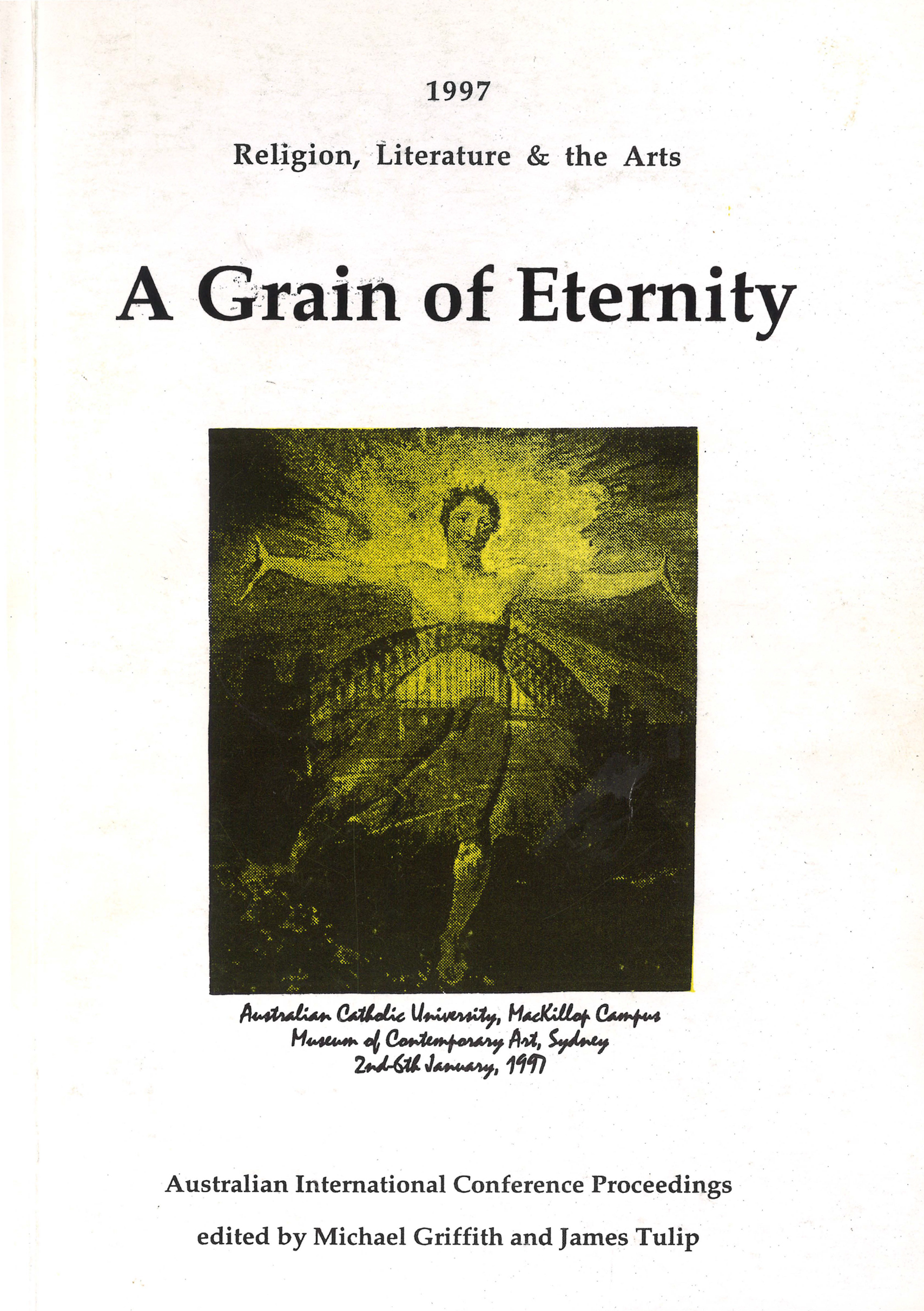The Religion & Culture of the Ruthenians
Abstract
Reading Eamon Duffy's well-known book The Stripping of the Altars while teaching in Prague in 1994, I was intrigued by his description of medieval English Catholicism: the rood lofts, the cult of local saints, the revering of the Roman virgins and martyrs, the focus on the dead, the intervention of religion in all spheres of life and its public manifestations. Then it dawned on me that I was seeing much the same all around me in central Europe: the cathedral of the Roman martyr St Barbara at Kutna Hora, statues of St Agatha holding her severed breasts, local shrines at churches, icons of St. George and the dragon, ossuaries, wayside shrines, multiple liturgies - remnants of a religious way of life which was once Europe-wide. Religion as public life became more noticeable and more intense as one moved east from Bohemia through Moravia to Slovakia. There are historical explanations for this. In the furthest part of east Slovakia and in west Ukraine live the Ruthenians. Ruthenia is an old region which, though tom by boundary changes and political and religious clashes, still has an identity. These people are called 'Rusyns' or Ruthenians and speak a dialect of Ukrainian. Between the two world wars almost all of Ruthenia was in Czechoslovakia, but in 1945 the easternmost section of Slovakia was moved across to the Ukraine, so the Ruthenians since that time have been split between the two countries: those in Slovakia have race, religion, customs and language in common with their fellow Ruthenians in western Ukraine, and not with the Slovaks with whom they live. The Ruthenians are poor mountain villagers on the borders of Poland, Romania and Hungary, and under pressure from all sides, including the Slovak and Ukrainian authorities. It is a region which has never ruled itself, always a suppressed, tension-filled borderland controlled by others. Here race, religion, politics and culture have rarely corresponded with national boundaries.Downloads
Published
2017-06-21
